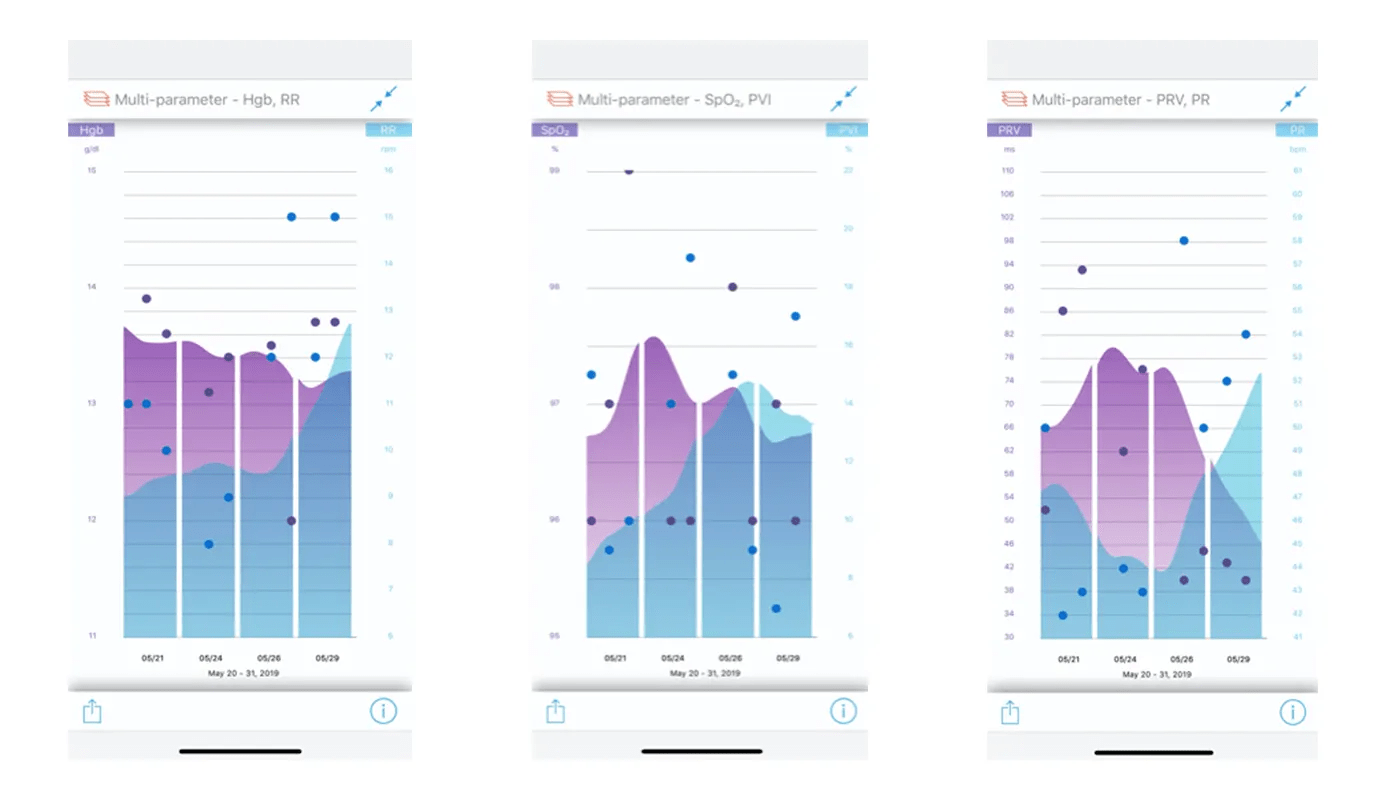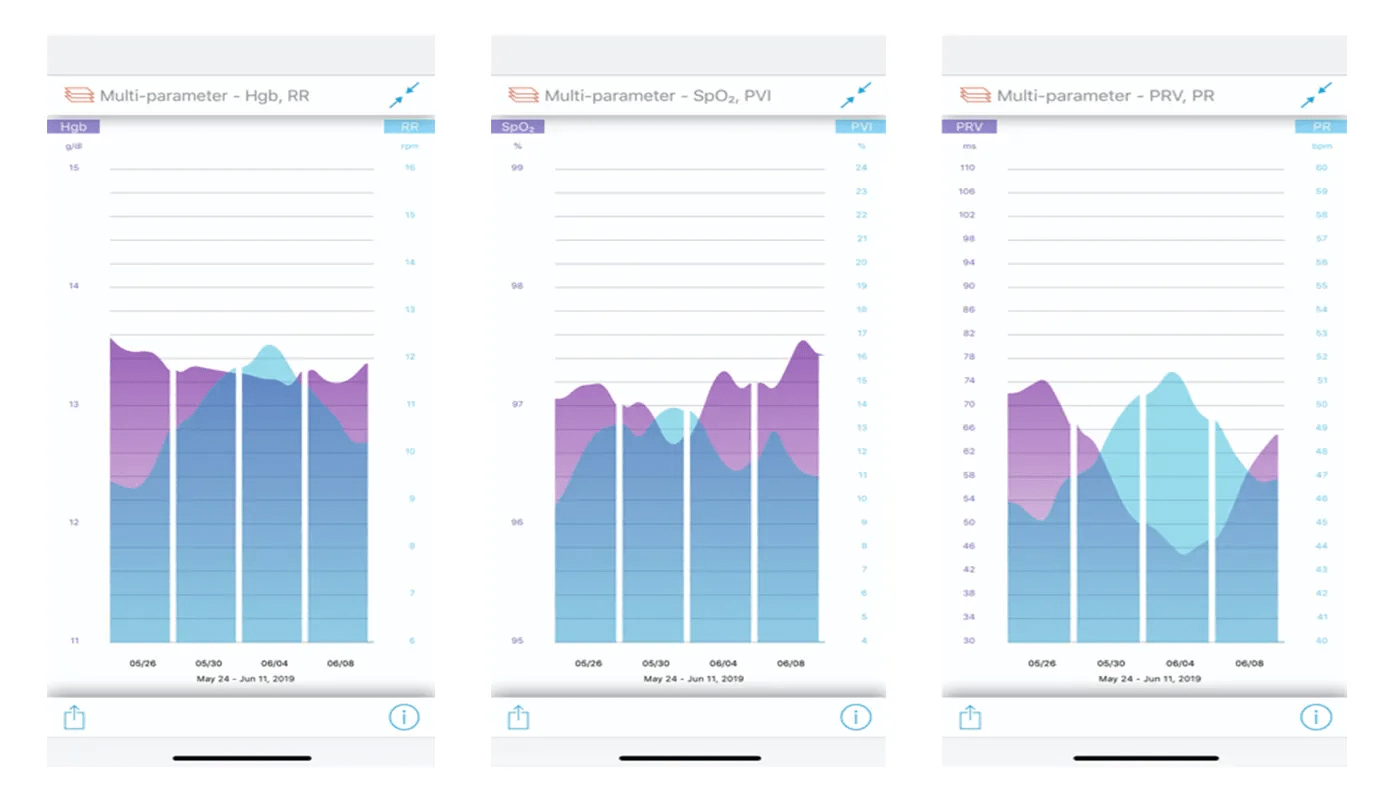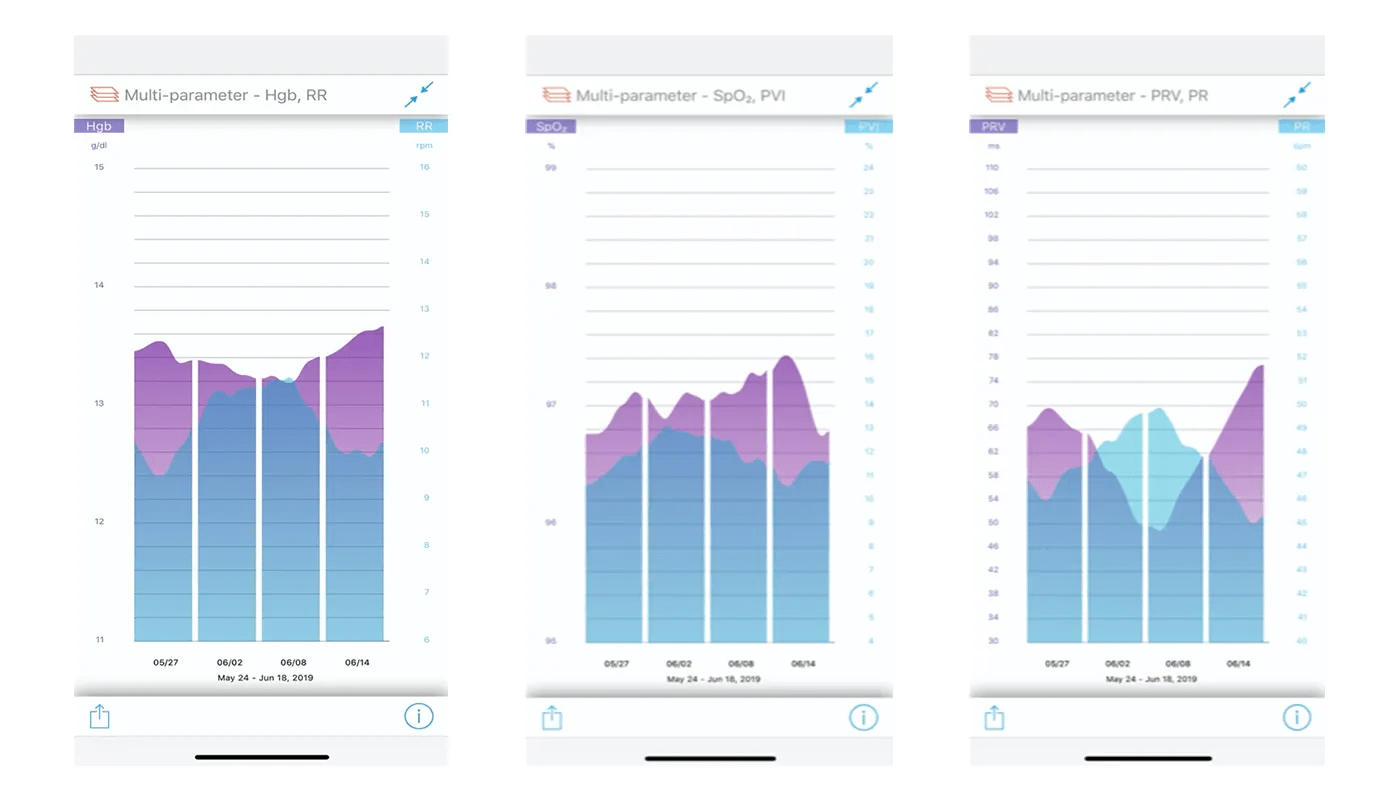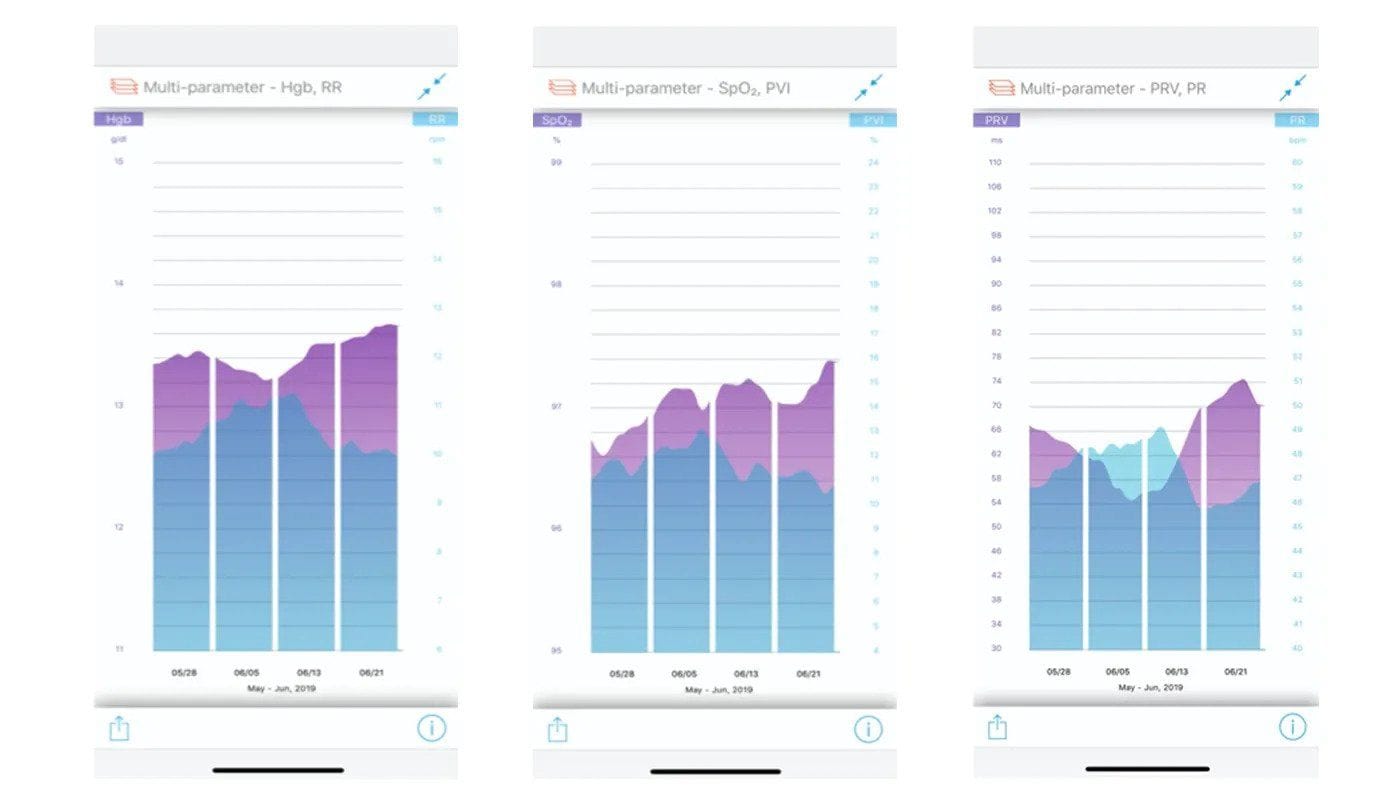By Sarah Piampiano
Recovering from long endurance events can be challenging. So many factors come into play in determining how fast and how well we recover. For example, I find I recover more slowly from hot weather Ironman-distance races, versus races that take place in more temperate climates. The effort level, course dynamics, type of running surface, and nutritional factors are just a few of the many aspects of a singular performance that can impact recovery.
Everyone recovers differently. I compete in long-course triathlon events, and, for me, my recovery cycle typically lasts for 3-4 weeks after an Ironman. I have friends who need only a week or two to fully recover - something that is so hard for me to comprehend given my body’s rather pedestrian pace!
But how do you know when you are done recovering? It can be very, very hard to tell. Timing a return to full training and intensity is delicate. If you come back too soon, you run the risk of getting injured or of accumulating fatigue and tempering future performance. For this reason, I find my Cercacor Ember device to be a crucial and valuable tool in providing me with pertinent information about my body during needed recovery periods. Here’s how I usually feel in the weeks following an Ironman race, and what my Cercacor Ember device tells me.
The few days immediately following an Ironman race:
How I subjectively feel:
Sore and tired, but also wired. I typically don’t sleep well at all in the 2-3 days after a race, from a combination of caffeine consumed in-race, adrenaline, and my system being on after racing for 9 hours. My mood is often good. I find that if I go out for a ride or swim, I don’t feel that bad, and could train fairly easily.
What my Cercacor Ember Device is telling me:
This first-of-day data was taken during my recovery from an Ironman race on May 26th. Here you can see in the days immediately following the race, my respiratory and resting pulse rates were significantly higher, while my hemoglobin, pulse rate variability and oxygen saturation have fallen to varying degrees. Surprisingly, my hydration levels in the days following the race were high, but better than what is typical for me.
The takeaway: Although I felt good subjectively, all signs point towards a fatigued and under-recovered stay relative to pre-race.

One week post-race:
How I subjectively feel:
In the week after an Ironman, I generally feel good. I find any training is typically pretty good overall. My body and muscles are increasingly less sore, but my mobility is good and my nervous system is responsive. I am tired, but still feel energized and my mood is positive.
But my sleep quality is poor. I have trouble falling asleep at night and once I am asleep, it is broken and restless. I am often chronically dehydrated and wake up during the night needing to gulp a full glass of water.
What my Cercacor Ember Device is telling me:
There are signs of recovery. My resting respiratory rate and pulse rates have mostly stopped increasing and have started to decline. My pulse rate variability bottomed out and is now starting to climb back up, and my oxygen saturation and hemoglobin levels have also stabilized or gone up slightly. I am far from recovered, but these charts show that the body is starting to recover. As is typical, my PVI levels, which provide an indication of hydration, have risen. A focus around hydration during this period is crucial to my recovery process.
The takeaway: Although I am still subjectively feeling good, my body is indicating I am not even close to recovered and that training with intensity at this time would not be productive. The key right now is rest.

Two weeks post-race:
How I subjectively feel:
This week is when I hit rock bottom. I am extremely tired, and can easily take long naps and sleep deeply for long periods at night. I am highly emotional and moody. I have strong cravings for carbs and sugary foods, as well as foods high in fat. I find I have little desire to be around other people, and my motivation to train is very low. My mobility becomes very poor. My muscles are extremely tight and my nervous system is shot. My training performance is typically very low during this week, and my body is unresponsive to any stimulus or intensity. In short, this week kind of sucks!
What my Cercacor Ember Device is telling me:
Despite feeling absolutely terrible across the board, my recovery continues to progress. My first-of-day pulse rate and respiratory rates have come back into more normal zones (my typical resting pulse rate is 39-46 and respiratory rate is between 9-11). This is also indicative of having better, deeper sleep. In addition my oxygen saturation is returning to normal. My pulse rate variability is still very low, but continues to rise steadily.
The takeaway: There is a clear discrepancy this week between how I am feeling subjectively and my recovery progress.

Three weeks post-race:
How I subjectively feel:
Typically, this is my transition week. At the beginning of the week, I still have all of the Week 2 sensations and emotions, but by the end of the week, I start to turn a corner. By the weekend, I can see myself popping out of the deep fatigue. I’m able to introduce a bit more intensity into my training and start to become responsive to training stimulus. I still need to be careful, but things are looking up!
What my Cercacor Ember Device is telling me:
My hydration has returned to normal first-of-day levels. My pulse rate variability continues to be low (ideally I like to see PRV values of 75 and above), but is right on the edge of normal. All other data is looking good. I am ready to re-introduce intensity into my training.
The takeaway: My subjective feelings match what my Ember is telling me.

Four weeks post-race:
How I subjectively feel:
I am good to go! I am able to start building into my next training block. I feel recovered, my sleep is good, my mood is happy, and my training is back on track. It is time to start prepping for my next race!
What my Cercacor Ember Device is telling me:
My values start to dip a bit as I start to ramp up my training volume and intensity. This is typical, but all values are squarely back into a normal range. You can see my PRV values increased back up to 75, and my hemoglobin numbers are creeping back up to above 13.
The takeaway: I feel good, my body is recovered, and we can continue with my next training block.

Although it is important to follow what your body is telling you, using a Cercacor Ember device to help guide your return to full training after a significant race is key. If I simply followed my subjective feelings, I likely would've pushed too hard in the first 7-10 days after my races. Instead, seeing my recovery profile helps me take the needed down time to recover properly.





